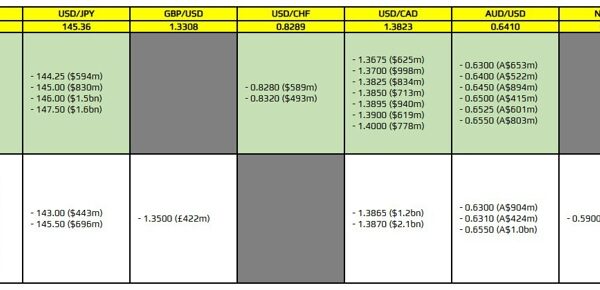
President Donald Trump’s sweeping new tariffs are raking in unprecedented sums for the federal government—so much, in fact, that a top budget watchdog says the revenue rivals the impact of creating a brand-new payroll tax or slashing the entire military budget by nearly one-fifth. (These are rough estimates, to be sure, conveyed to communicate the magnitude of the tariffs, not precise contributions to the budget.) But can these massive cash flows, already topping tens of billions monthly, truly put a dent in America’s $37 trillion national debt?
Actually, yes, according to the Committee for a Responsible Federal Budget (CRFB), which alternately calls the revenue being generated by the tariffs to be “meaningful” and “significant.”
Since his return to the White House, Trump has unleashed a wave of “reciprocal tariffs” on almost every major U.S. trading partner. Roughly $25 billion was collected in July, the CRFB calculated, more than triple the amount from late last year, and surely a fraction of what forthcoming months will yield. The D.C.-based think tank estimates the tariffs will bring in an estimated $1.3 trillion of net new revenue through the end of Trump’s current term and $2.8 trillion through 2034. That represents a $600 billion leap forward from the tariffs in effect as of May.
For context, in fiscal 2025 so far, tariffs have accounted for 2.7% of all federal revenue—more than double typical levels. Some analysts project that figure climbing as high as 5% if current policies remain in place.
Impact on the national debt
In theory, pouring $2.8 trillion from tariffs into the national coffers could markedly slow the growth of the federal debt. Congressional Budget Office figures and CRFB models suggest that, if kept permanent, Trump’s tariff regime could reduce the deficit by up to $2.8 trillion in the next decade. “The recent tariff increases are likely to meaningfully reduce deficits if allowed to remain in effect or replaced on a pay-as-you-go…basis,” the CRFB wrote in its analysis.
Experts still caution the impact, though real, remains limited when compared to the sheer scale of the U.S. government’s finances: a whopping $37 trillion. Even with historic tariff gains, these revenues represent only a fraction of total federal income—nowhere near enough to replace income taxes or close the debt gap. In fact, during fiscal year 2025, income taxes and payroll taxes covered over three-quarters of federal revenue.
Then there’s the question of who is really paying the price, or as Trump likes to put it, who is eating the tariffs. The government is getting revenue from whom, exactly?
Eating the tariffs
While Washington enjoys a flood of new revenue, the reality on the ground is more complex. Businesses typically pass the cost of tariffs through to consumers in the form of higher prices. Economic research shows the new tariffs function much like a regressive tax, hitting lower- and middle-income households particularly hard. The average family in the second-lowest income tier faced an annual cost increase of $1,700; those in the top income decile paid upwards of $8,100 more per year, according to Yale Budget Lab.
Moreover, defense and infrastructure experts warn rising costs from tariffs may invite higher prices for critical hardware and components needed by the military and national security agencies. Tariffs “make it more expensive to meet national defense requirements,” the Council on Foreign Relations wrote in early July.
Trump floats ‘tariff dividend checks’—but debt likely to grow
President Trump has floated the idea of distributing “tariff dividend checks” to American families on top of debt-reduction promises. But most economists say the math doesn’t quite add up: While the government is enjoying record-breaking revenues, those gains are still dwarfed by annual spending and existing commitments. Even under the most optimistic scenarios from the Trump administration and its budget watchdogs, tariffs will only slow—not reverse—the upward march of the national debt.
The CRFB is a respected nonpartisan institution that dates back to 1981, with a board consistently made up of former members and directors of key budgetary, fiscal, and policy institutions, such as the Congressional Budget Office, the House and Senate Budget Committees, the Office of Management and Budget, and the Federal Reserve. The CRFB regularly produces analyses of government spending and debt and deficit trends, as well as the solvency of programs such as Social Security.
The CRFB regularly advocated for reducing federal deficits and controlling the growth of national debt. It typically favors reforms to federal “entitlement” programs and functions as a deficit hawk, which draws the ire of left-wing figures. For instance, Paul Krugman characterized it as a “deficit scold” while he was still with the New York Times.
[This headline has been updated to clarify the CRFB’s finding that the tariffs are likely to have a meaningful impact on the national debt, rather than significantly reduce it overall.]
For this story, Fortune used generative AI to help with an initial draft. An editor verified the accuracy of the information before publishing.















